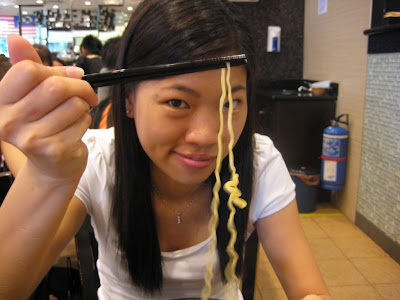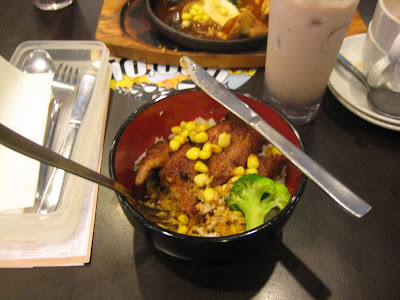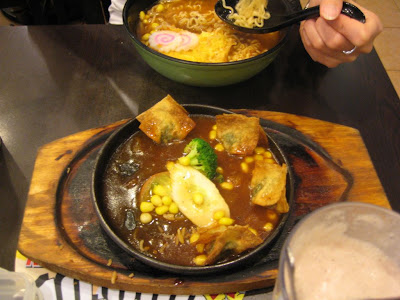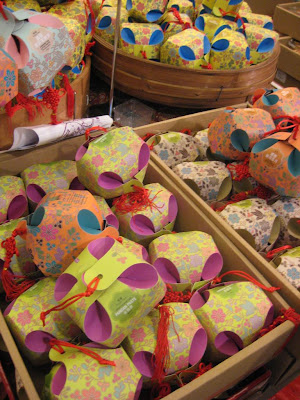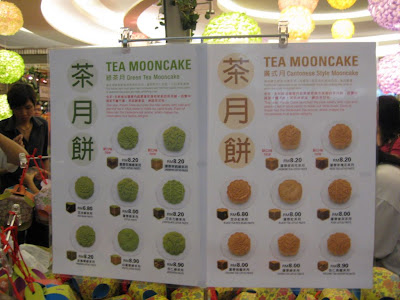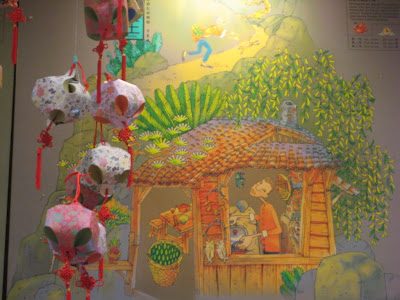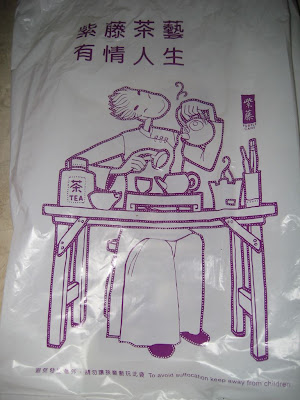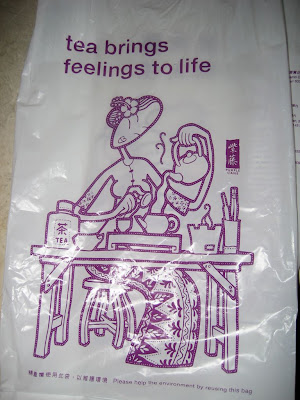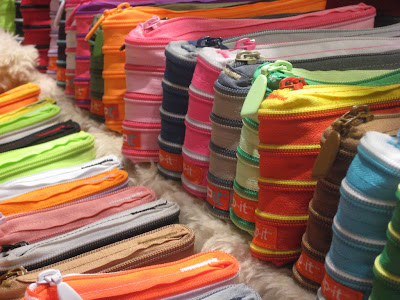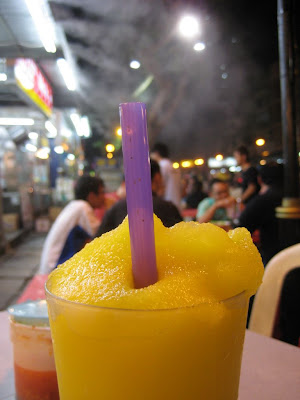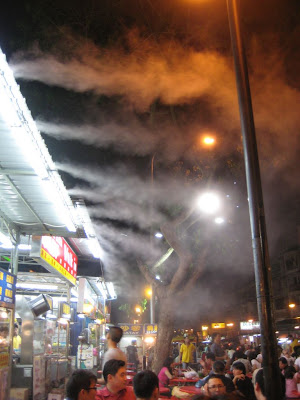Labels:
Australia,
creatures,
cryptozoology
Do giant cats roam Sydney's west?
Australian news services are reporting on September 19 & 20, 2008, that New South Wales Premier Nathan Rees says rumors that a leopard (see blobcat image above) roaming bushland on Sydney’s outskirts cannot be dismissed, because the safety of children could be at risk.
Rees said a western Sydney woman had written to him with a database of around 600 people who have supposedly sighted a big cat in Sydney’s outer suburbs.
The new premier seems to be convinced something is out there and the mysterious animals may warrant investigation.
“I don’t think it’s necessarily an urban myth,” Rees told reporters in Penrith on September 19. “There are too many people reporting sightings.”
He said the state government investigated the issue with the National Parks and Wildlife Service three years ago, but the new sightings may prompt a further probe.
It is a turnaround for New South Wales Premier Nathan Rees (above left), who as water minister in August 2008 said the “black panther is an urban myth”.
“Of particular concern is if there are little kids out there and there actually is one of these things,” Mr Rees said yesterday.
“It is easy for all of us to dismiss these things … but if we’re actually wrong then there is an altogether different set of scenarios.”
Sighting of big cats - dubbed either the Penrith Panther or Lithgow Panther - have been part of local folklore in Sydney’s west and the Blue Mountains for decades.
Rumors persist the big cats escaped from private zoos or a circus in the area years ago, and even the local NRL club is called the Penrith Panthers. (Readers of Cryptomundo are familiar with this “circus escape” folklore being a frequent mythical explanation for cryptid cats sightings from other parts of the world.)
While many people believe it is some type of exotic cat, possibly a panther, cougar or leopard, myth busters say they are nothing but large feral cats with thick winter coats.
The cats are said to roam from Penrith to the Hawkesbury region in Sydney’s northwest along the Nepean River and across the Blue Mountain to Lithgow.
Cryptid seekers say the big cats have been able to survive by roaming the three large national parks - Kanangra-Boyd, Blue Mountains and Wollemi - which connect across the mountains.
“I know I don’t do policy on the run, but I think it’s three years since Minister Campbell had a look at this; I think it’s probably time to do it again,” he said.



